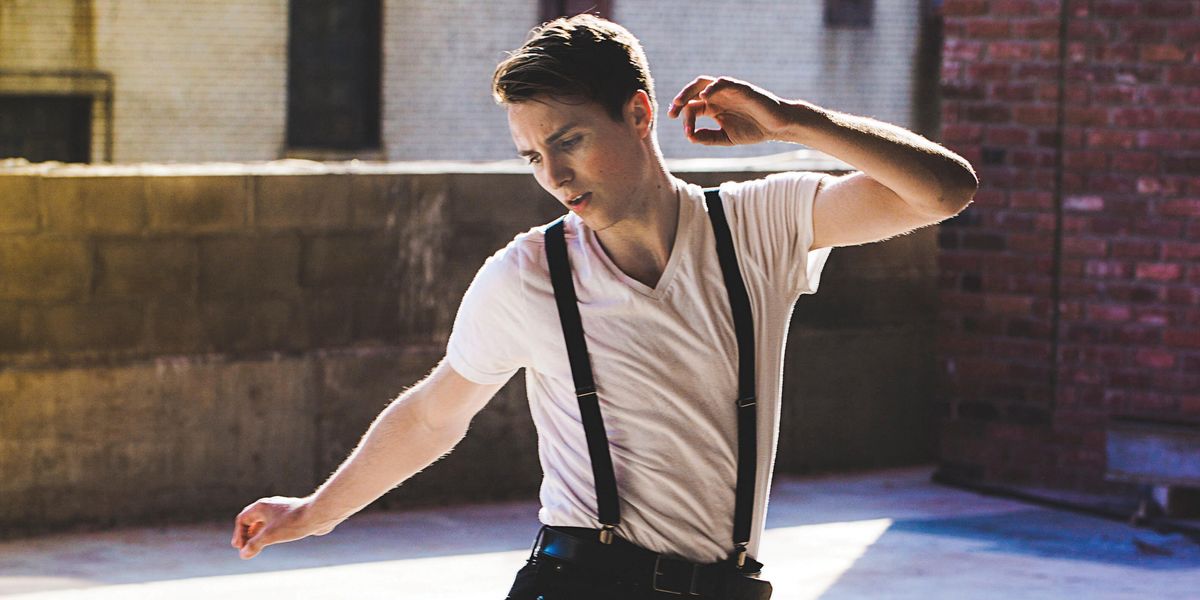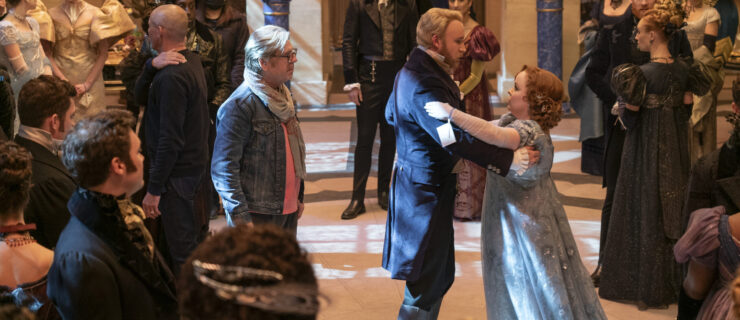Why Learning the BS Chorus Can Help You Become a Tap Master
These days, tap dancers can reach huge audiences through social media, where videos from stars like Chloe Arnold and Sarah Reich have gone viral. But in the 1920s and ’30s, the best way for tappers to gain a following was to have an act on the vaudeville circuit, which allowed them to perform in theaters across the country. Every tap dancer had their own routine, but there arose a desire for a simple dance that all tappers could know and perform at any time—especially so local dancers at each tour stop could join in. One of those dances became known as the BS Chorus.
Fake It Till You Make It
“BS” is a vulgar term meaning “nonsense” or “to fake something.” Unlike the Shim-Sham Shimmy, another treasured piece of tap history, the BS Chorus requires more advanced technique. It’s extremely challenging if done correctly. When it became popular in the 1920s and ’30s, inexperienced dancers would try to fake their way through it—hence, “BS.”
Although we don’t know exactly who decided what steps to incorporate or the order in which they were originally performed, Margaret Morrison, a tap historian, performer, and co-director of tap teaching training at the American Tap Dance Foundation in NYC, believes the first two steps of the BS Chorus date back to the 1800s, when they were part of a style known as buck-and-wing—a predecessor of tap dance, which wasn’t formally known as tap until the 1920s. The sequence was later popularized and presented often by The Copasetics, an ensemble of well-known hoofers formed in 1949.
“When they did it, it was so fast you couldn’t even see it,” says master tap artist, teacher, and choreographer Brenda Bufalino. “When we do it now, we do it at a reasonable tempo. They didn’t take it seriously—but we do, because that’s one of the few routines we’ve got in terms of tap background.”
The Specifics
Andrew Nemr, an NYC-based teacher and choreographer who directs the company Cats Paying Dues, says the routine has four parts: an introductory time step, a cross-moving step, a flash step, and a big finish.
The first step is a traditional double time step, modeled after a signature move of legendary tapper Bill “Bojangles” Robinson. It follows the standard three-and-a-break structure: It happens three times, then concludes with a different step and rhythm that “break” from the established pattern.
 Andrew Nemr (photo by Bret Hartman/Ted, courtesy Nemr)
Andrew Nemr (photo by Bret Hartman/Ted, courtesy Nemr)
The second step, known as the cross step or crossover step, is named after its appearance: Within the footwork, the left foot crosses in front of the right on a back flap, and then the right crosses over the left with a shuffle-hop-step—and vice versa. More rhythmically complicated than the time step, the crossover step also requires balance and an understanding of swing rhythms. It uses the same three-and-a-break pattern—and the same break—as the time step.
The second half of the dance builds excitement by including several flash steps—complex, athletic moves designed to impress the audience. A one-footed wing is featured in the third step, also a three-and-a-break, in which “the dancer pushes out of rhythms that have a lot of notes and are close to the floor, and instead begins to jump and use his body more,” Nemr says.
The physicality of that step leads into the final step, a series of over-the-tops and trenches, where “the energy of the music takes over, and the focus is more physical,” Nemr says. Like any good dance, the BS Chorus leaves the audience dazzled.
A Modern Update
As with the Shim-Sham Shimmy, there’s no one correct way to execute the BS Chorus. Most variations occur on the break, a section of most traditional routines where the dancer can inject his or her own personal flair. The students at the ATDF learn a popular break from master teacher Derick K. Grant, which includes a series of shuffle-hops and finishes with a Maxie Ford.
“The most common variations I see are changes not of structure but style,” says Luke Hickey, a NYC-based tapper. “Dancers can make the choice to throw in nuances that represent their particular personality or training.”
 Luke Hickey (photo by Josh Avon, courtesy Hickey)
Luke Hickey (photo by Josh Avon, courtesy Hickey)
Hickey says that he likes to add a salsa-like style to the crossover step, twisting his hips instead of keeping his body facing entirely forward. He also adds an element of surprise and athleticism to the flash step by landing each wing on his toe instead of the ball of the foot.
An Important Legacy
“Because there’s a lot of experimentation and innovation happening in how tap dance pieces are conceived and presented today,” Nemr says, “having something with the simplicity and clarity of the BS Chorus becomes even more important, especially from an educational standpoint.” Morrison agrees. “It creates an excellent foundation for tap skills,” she says, adding that it’s a staple of the youth curriculum at ATDF. “Each section contains essential material that every tap dancer needs to know. Every professional rhythm tap dancer has learned the BS Chorus and has probably performed it.”
No matter how you do it, the BS Chorus is an important dance to learn and keep alive: It’s informed so much of tap dance and enriched how and what we teach. “We need to return the favor by doing it well and allowing it to teach us,” Morrison says.
A version of this story appeared in the November 2017 issue of
Dance Spirit with the title “No BS About It.”




